Description
- [INCREASED STABILITY] Provides More Stability and Control While Operating the Ronin
- [RONIN CONTROL] Supports Full Control of the RS2 and RS3 Pro
- [LIGHTWEIGHT] Support Vest Redistributes Weight for More Comfortable Operation over Longer Durations
- [INCREASED BATTERY] Multiple Power Options Provide Longer Battery Life to the Ronin
- [COMPATIBILITY] Supports any Gimbal that Connects with 1/4"-20 Threads and can Power via a 2 Pin Lemo
*Free shipping does not apply for this item* The Tilta Float System works in conjunction with the DJI RS 2 and RS3 Pro to provide a small, compact camera stabilizer system to allow you to accomplish smooth cinematic camera movements with smaller camera setups.
The counterweight-based post provides further stabilization for your setup beyond what the gimbal is already doing to allow for the smoothest possible free flowing camera movement imaginable.
The spring-loaded arm and support vest design puts the weight of the rig onto your torso, allowing for longer operating times before the user gets fatigued.
The included Wireless Thumb Controller allows you to wirelessly control the Ronin as well as a Nucleus M or Nucleus Nano follow focus motor.
This unit is designed to be mounted to the yoke of your Tilta Float via the system’s Monitor Bracket.
The Controller powers via Go Pro 5-8 Batteries and features a USB-C port that can be used for future firmware updates. Please note we do not recommend powering the unit via this port.
The included Lower Back Support and Single Shoulder Strap provides additional weight distribution ensuring comfortable operation over any duration. Multiple power options provide more flexibly when powering the Ronin. The system can power the gimbal via Gold Mount, V-Mount, TB50, or the Battery Handle itself via optional accessories.
*The Float is compatible with any gimbal under the weight limit that can mount via 1/4″-20 threads and can power via 2 Pin Lemo or an internal battery, however, it can only wirelessly control the RS2 and RS3 Pro
* **The Float does not have power outputs other than the 2 Pin Lemo designed for powering the RS2**
***The Internal Post Cable can handle 14.8V and 3A with maximum ability to handle 6A***
RS3/RS3 Pro: The M Key is NOT able to mimic the function of the gimbal. The M Key on this unit can ONLY change the Mode setting. It is NOT recommended to use gimbals larger than what could be classified as “handheld” such the Movi Pro. Even if the total weight is under 10kg, the system will have trouble supporting gimbals physically larger than the DJI Ronin RS Series gimbals.
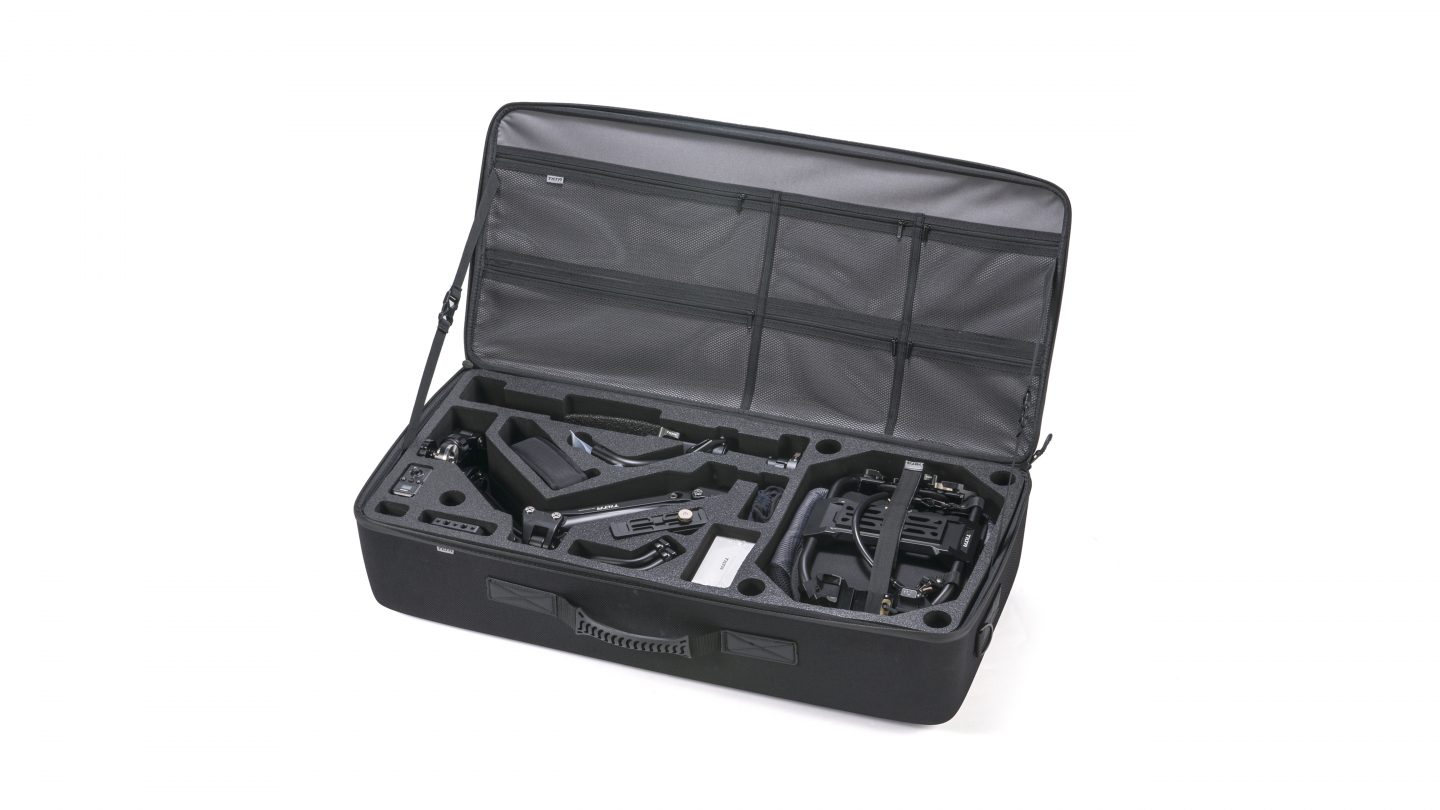






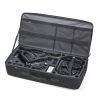
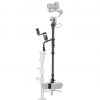
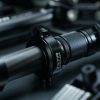
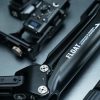



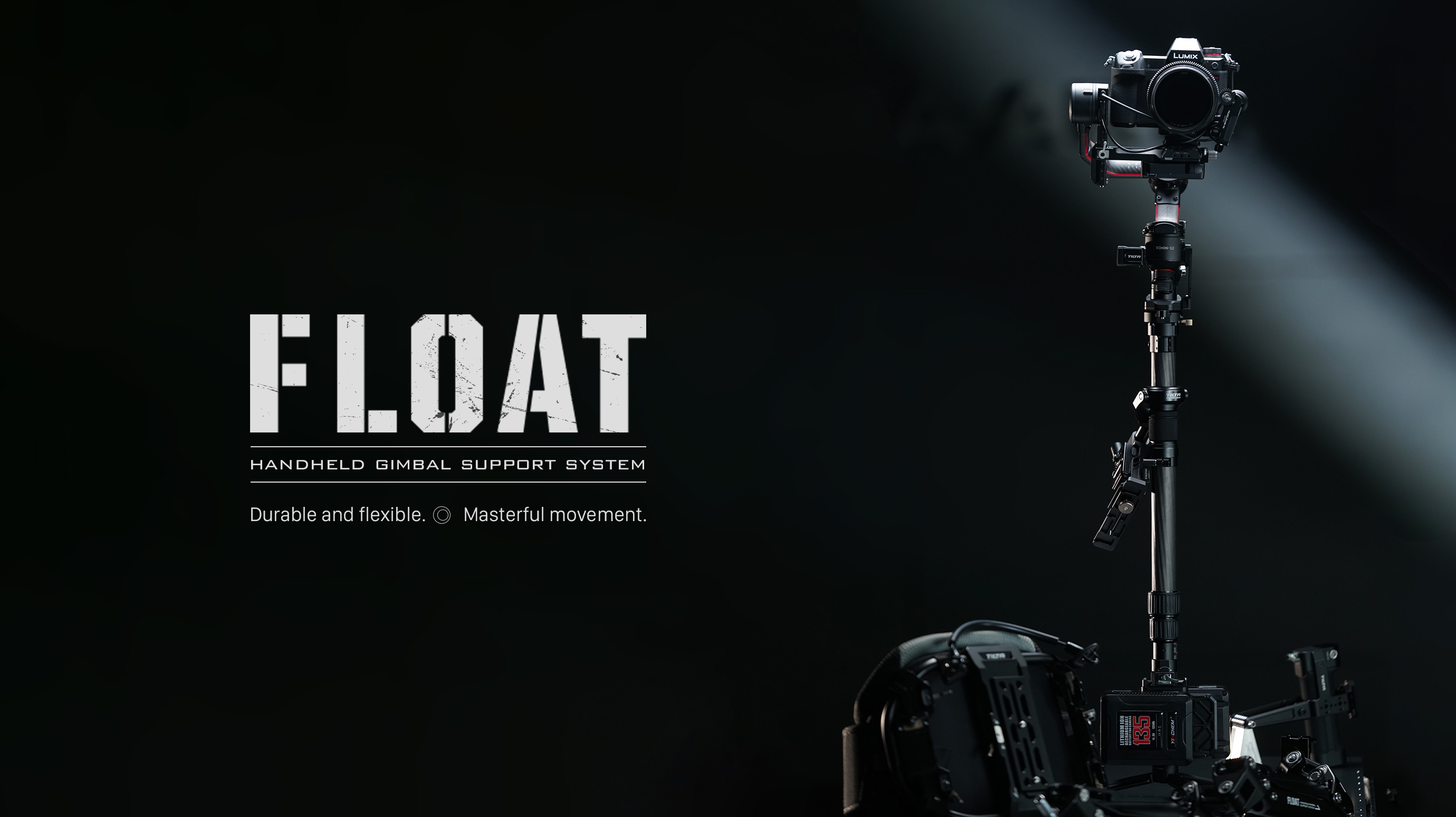
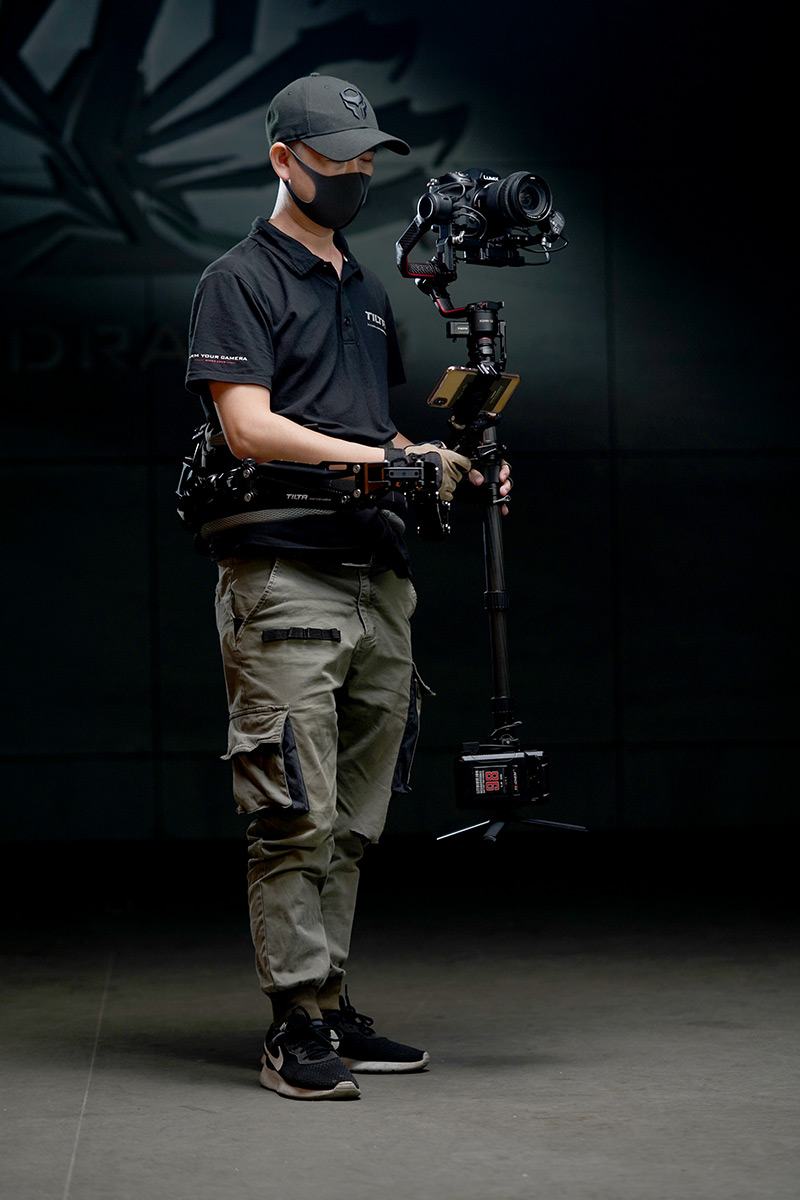
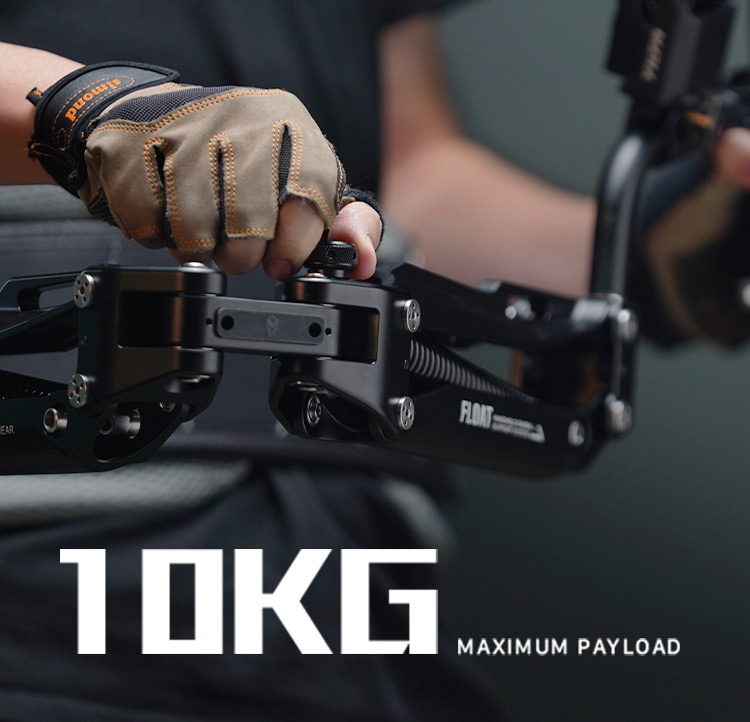
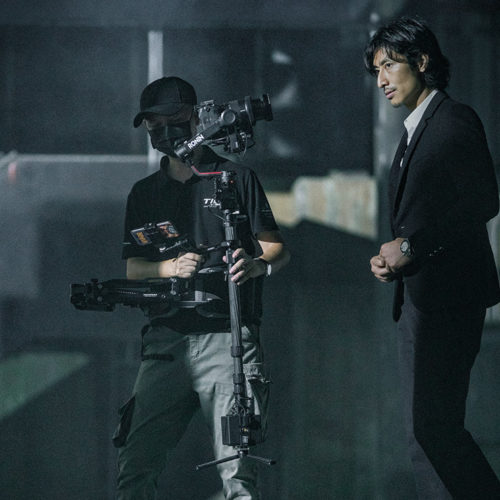

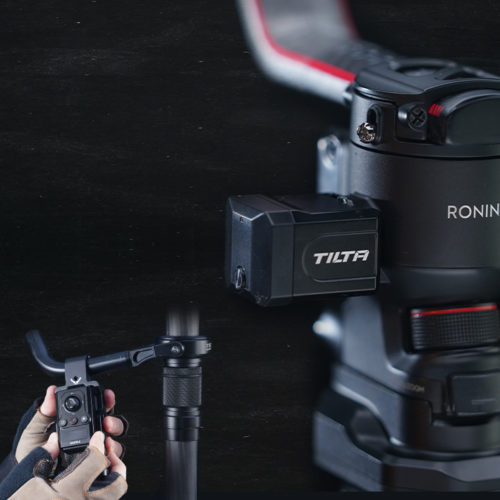
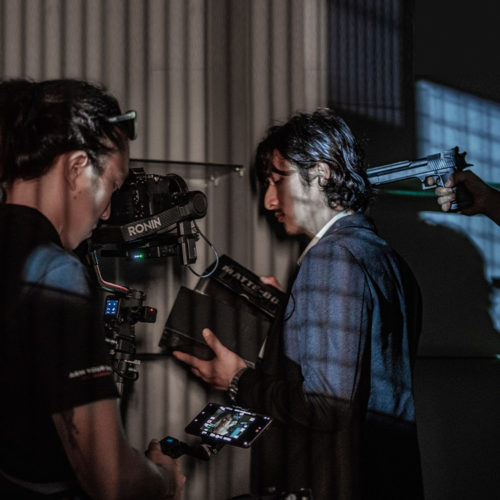
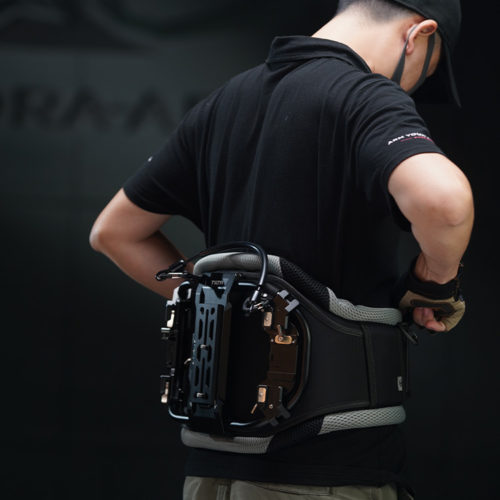
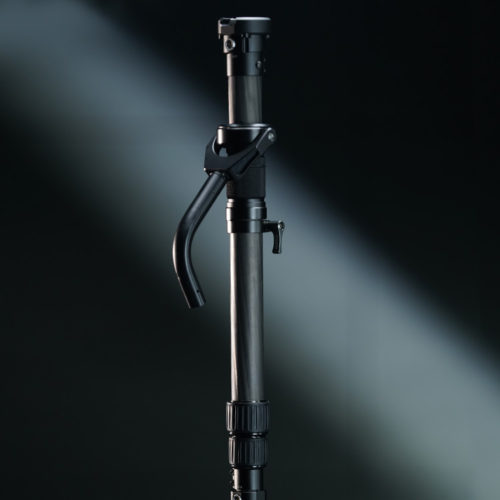
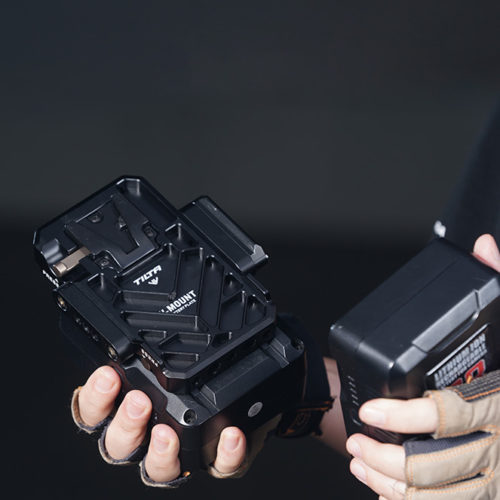
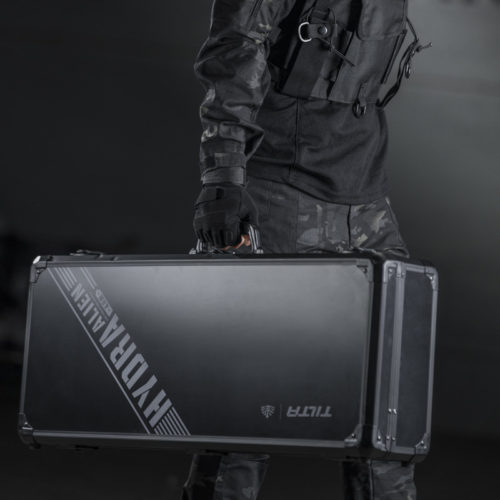
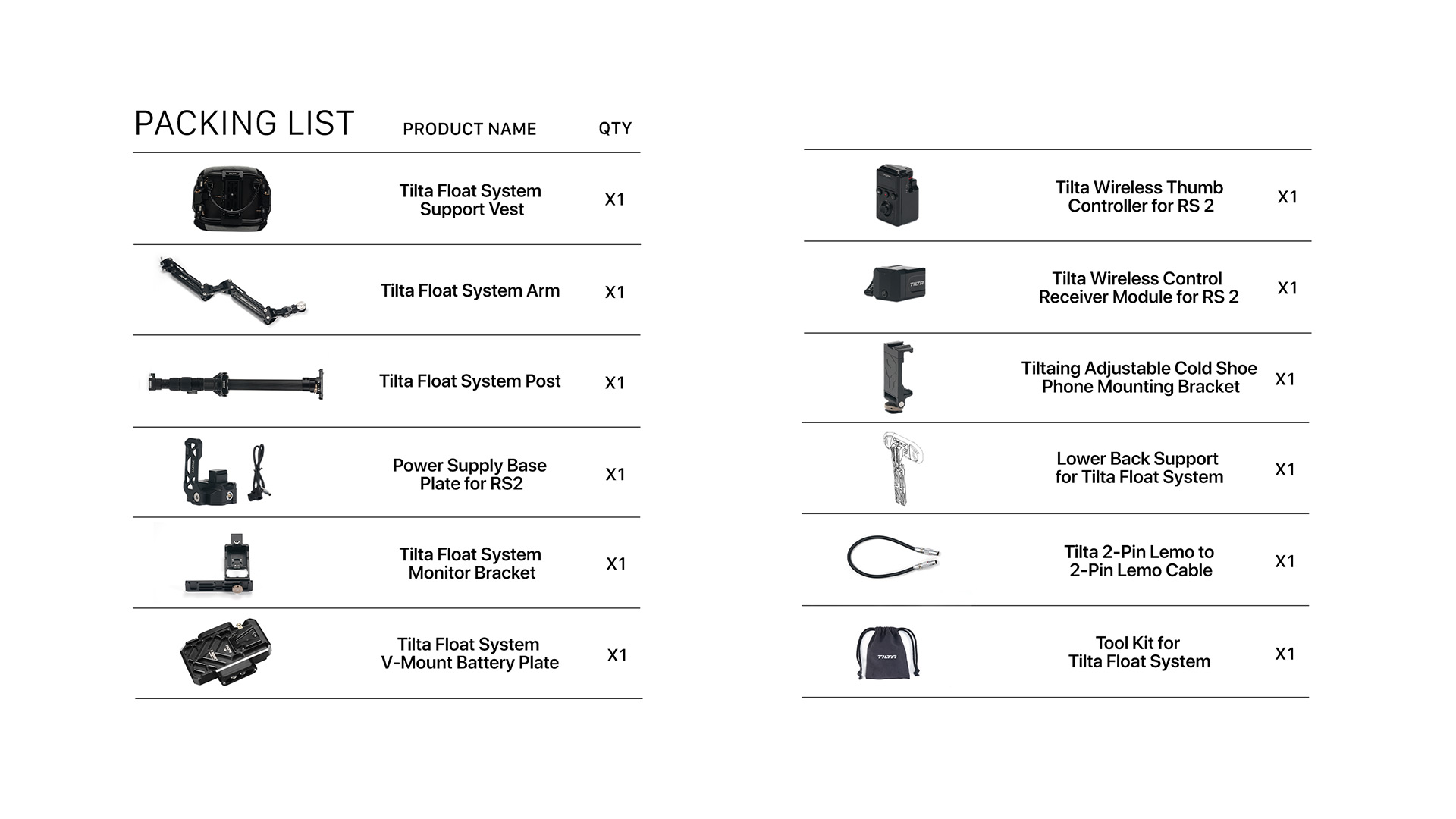
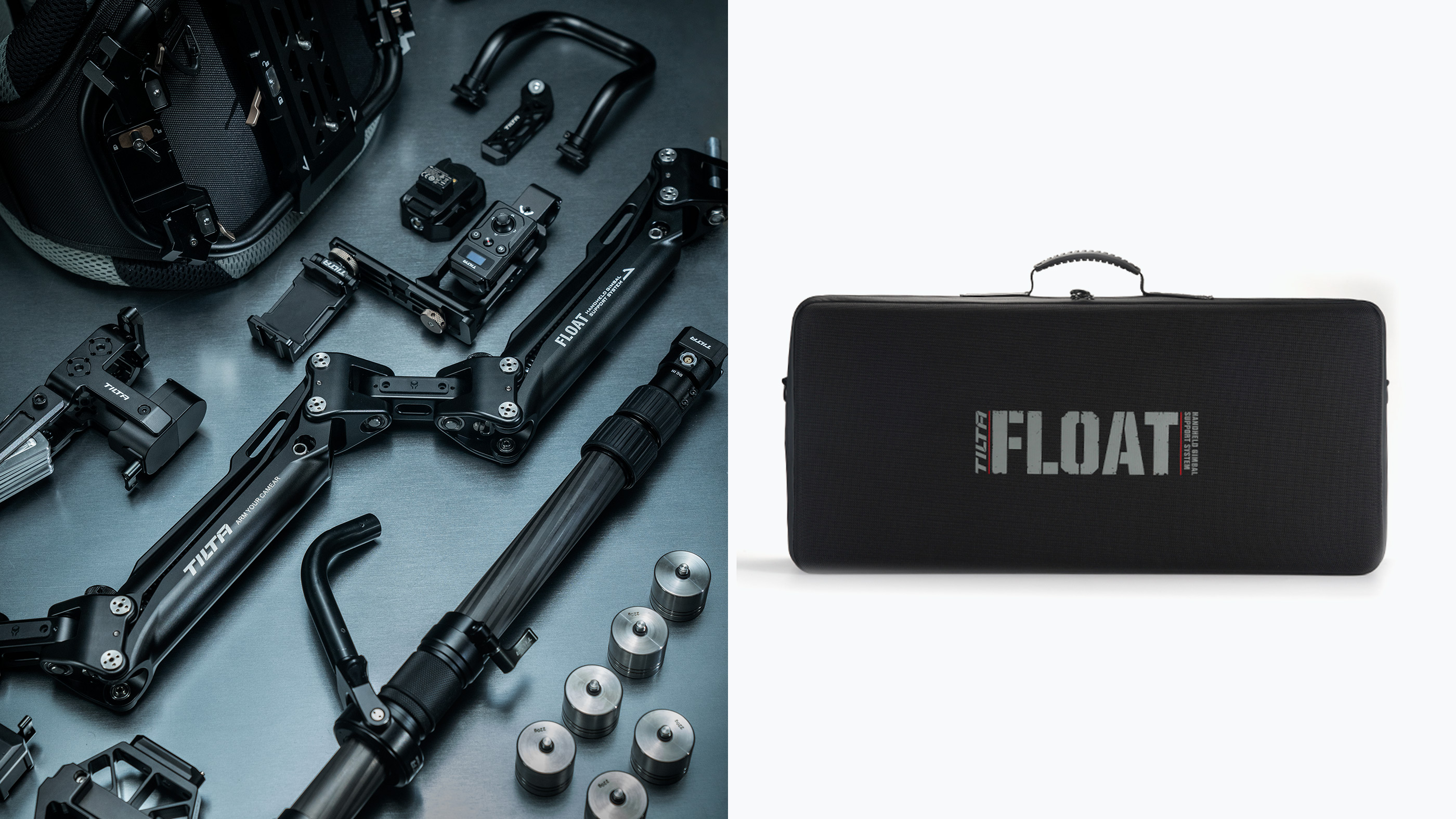
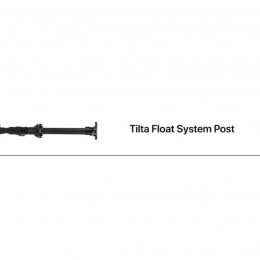

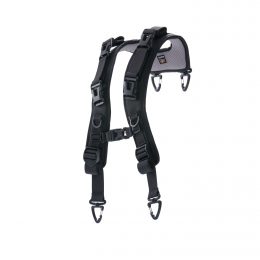
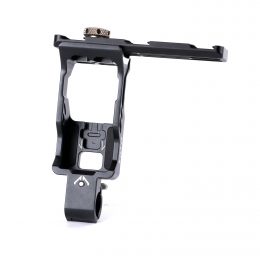

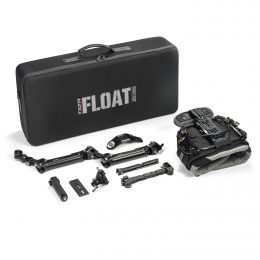
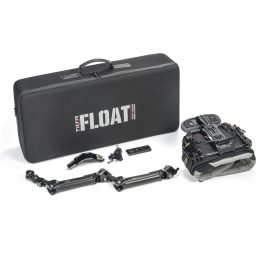
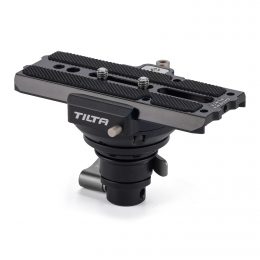
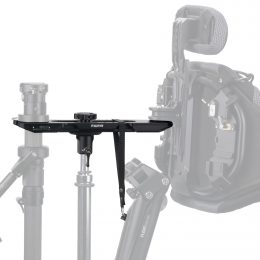
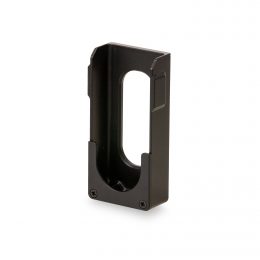
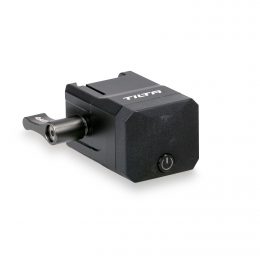
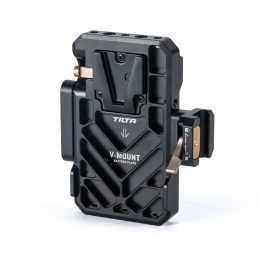
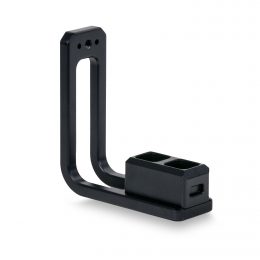
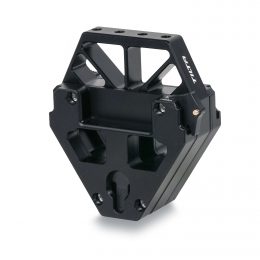
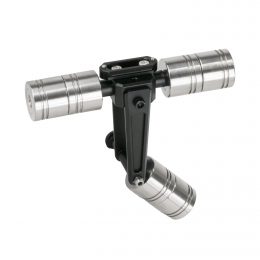
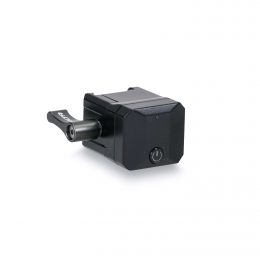
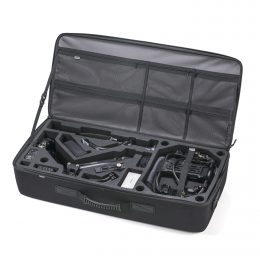
I would appreciate it if the shipping to Hawaii weren’t an arm and a leg. There are considerations for foreign shipments. Perhaps a different carrier for Hawaii and Alaska. Also, the support with assembly and balancing is either third party or in Chinese. One would think that there are enough sales to English speaking countries to properly support this product, affording the English speaking buyers the respect that any customer deserves. Its not like producing an English version is difficult for Tilta.
Fantastic. Takes some time to learn. But once you get it you’ll be amazed. The advance ring is probably the better overall equipment for most people. But I wanted to try out the float.
It¡¯s hard to balance the roll axis but I believe once I master that this piece will be the most valuable piece in my arsenal!
This product is extremely well made. I ordered early and perhaps because it was one of the first to ship, our Float arrived missing a rosette essential to its operation. The staff at Tilta in Burbank was able to get me the rosette and I¡¯m now up and running. We are still in the early stages of testing, but everything looks very promising. The Float is machined beautifully, and just fits. I didn¡¯t find the pressure on my hips or back excessive. A few suggestions for users: 1) Use identical batteries on the mount at the bottom – this will make balancing much easier. 2) For most moves, the wireless thumb control makes it easy to control the gimbal. For complicated moves, think about using the Raven Eye setup on the RS2 with Force Mobile to control the gimbal. There can be a lot going on for the Float operator, and having an operator for the RS2 makes complex moves much simpler. 3) Think about using a Nucleus Nano for focus. This means the gimbal operator, using Force Mobile on the RS2, can also pull focus. 4. We¡¯re using a C stand to carry the spud that comes with the Float which allows you to park the arm and take the load off. There¡¯s going to be a learning curve for us, but all in all I think this system is going to change the way we work dramatically.
I haven’t had time to fully test my new Float system yet, but my first impression is that it is generally well made and is a great value for the money. It does have some issues though, speaking from my experience of Steadicam operating since I bought my first Steadicam 30 years ago. Users shouldn’t have to self-manufacture a shim to ensure a proper fit between the post and the gimbal. I really wish that Tilta had designed a proper vest that more evenly distributes the load across hips/shoulders/back, rather than just the hips. What Tilta calls a “Tilta Float System Baby Pin Docking Adapter” should be simply called a Balancing Pin Adapter. A proper docking bracket has on one end a yoke and safety pin that will dock and secure the rig in an upright position during breaks, and a balancing pin on the other end. I haven’t yet succeeded in getting a 1-2 second roll-back to neutral position (screen facing up) when post is horizontal…it’s much faster. Hopefully I’ll get that tweaked in time…as I said, I haven’t spent much time with it yet. Wish list: rack-and-pinion gear x-y adjustments with scale markings for fine tuning balance. I am finding that it does require a little different skill-set as opposed to traditional Steadicam. All in all, I’m really excited about using this, especially hard mounting it on my modified Segway as seen here: http://www.redzephyrcam.com/Paul_Kalbach__ArtichokePro_presents.html